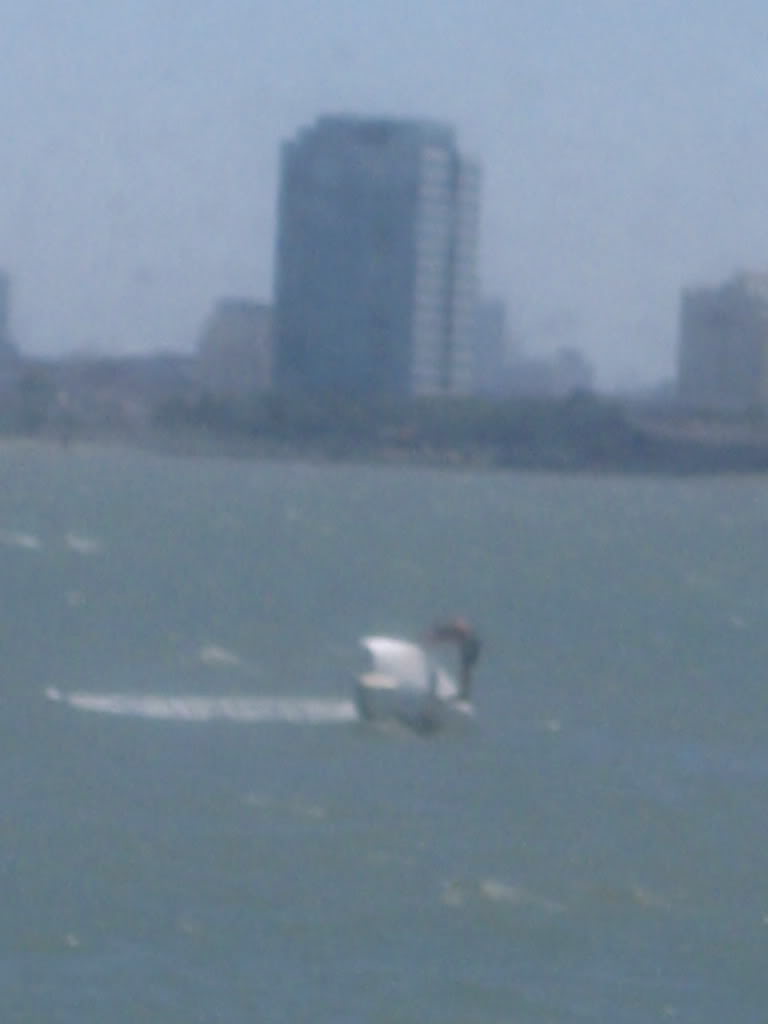nomadwilly wrote:
A cruising prop is just a prop w too much pitch done purposely to decrease fuel consumption. I had never heard of the expression until FF started using it.
*Eric--- I have never heard the term "cruise prop" used in the marine world.* Nobody on the GB owners forum--- even the true gurus-- use this term when props and prop pitch is discussed, even though GBs from the factory were equipped with "cruise props."
"Cruise prop" is an aviation expression as you probably know since you are a pilot.* It is used to describe the attributes of a fixed-pitch propeller.* The alternative to a cruise prop is a "climb prop."*
A cruise prop is as you say, a fixed pitch propeller with a coarser pitch so as to take a bigger bite of air and move the plane faster for a given rpm.* A cruise prop generally will not let the engine achieve maximum rated rpm.* And since horsepower is a function of rpm, a plane with a cruise prop will cruise efficiently but it won't climb very well because the prop will not allow the engine to develop it's maximum horsepower, which is what you need in order to be able to climb fast.
A "climb prop" is just the opposite.* It has a finer pitch and so allows the engine to easily achieve maximum rpm. So a plane with a climb prop takes off and climbs quickly because both these functions are dependent on horsepower which in turn is dependent upon rpm.* But a climb prop requires more rpm to achieve a given cruise speed, which means the plane burns more fuel than it would with a cruise prop.
In aviation, this led to the development of the variable pitch prop which permits the best of both worlds with the same prop.* The variable pitch prop evolved into the constant-speed prop, but the constant-speed simply takes over the pitch adjustment workload from the pilot.
I know you know all this but other readers might not.....
-- Edited by Marin on Wednesday 5th of October 2011 12:46:22 PM
